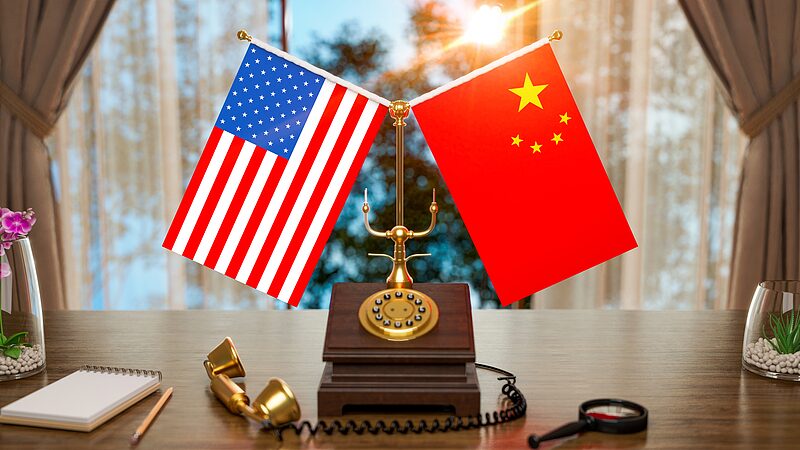Embracing the Spring Festival: A German's 51-Year Journey in China
As the streets of Nanjing buzzed with youthful energy on Christmas Eve, I found myself immersed in a lively atmosphere that blended both Chinese and international cultures. The city, vibrant and full of life, was a testament to how much China has changed since I first arrived over five decades ago.
In December, I traveled from Beijing, where I live, to Nanjing—a city I hold dear and where many of my friends, artists of all kinds, reside. Together, we strolled through the bustling streets, filled with excited young people enjoying themselves in restaurants and bars. The festive spirit was palpable, and it brought back memories of my early days in China.
When I first came to China in my twenties, invited by a Chinese publishing house, Christmas was not widely recognized. While our Chinese colleagues were polite and kind, inviting us to their homes so we wouldn't feel lonely, the holiday held little significance in the broader society. Similarly, we foreigners knew even less about the Spring Festival than the Chinese knew about Christmas.
Today, accessing information about cultural traditions is as easy as opening a computer. The Spring Festival, China's oldest and most important holiday, is celebrated not just in China but also in Chinese communities worldwide. Marking the new year on the Chinese calendar, it symbolizes people's desire for a new life and fresh beginnings, much like Christmas in Western countries.
The festival typically begins in late January or early February and lasts until mid-February. In 2025, the Spring Festival holiday falls between January 28 and February 4. This period is characterized by lively gatherings and close family reunions, embodying the festival's core themes of saying farewell to the old year and welcoming the new, as well as the importance of family bonds.
Dating back around 3,500 years to the early Shang Dynasty, the Spring Festival honors traditions of respecting ancestors and deities. As I reflect on my 51 years in China, I am continually amazed by how the country embraces both its rich history and the evolving customs of its people.
The transformation I've witnessed is profound. From a time when Western holidays were scarcely acknowledged, to now, where the streets during Christmas are filled with joyous celebrations, China's cultural landscape has become a beautiful tapestry of traditions old and new. As we approach the Year of the Wood Snake, I look forward to embracing the festivities of the Spring Festival once again, joining in the collective hope for renewal and happiness.
Reference(s):
cgtn.com




